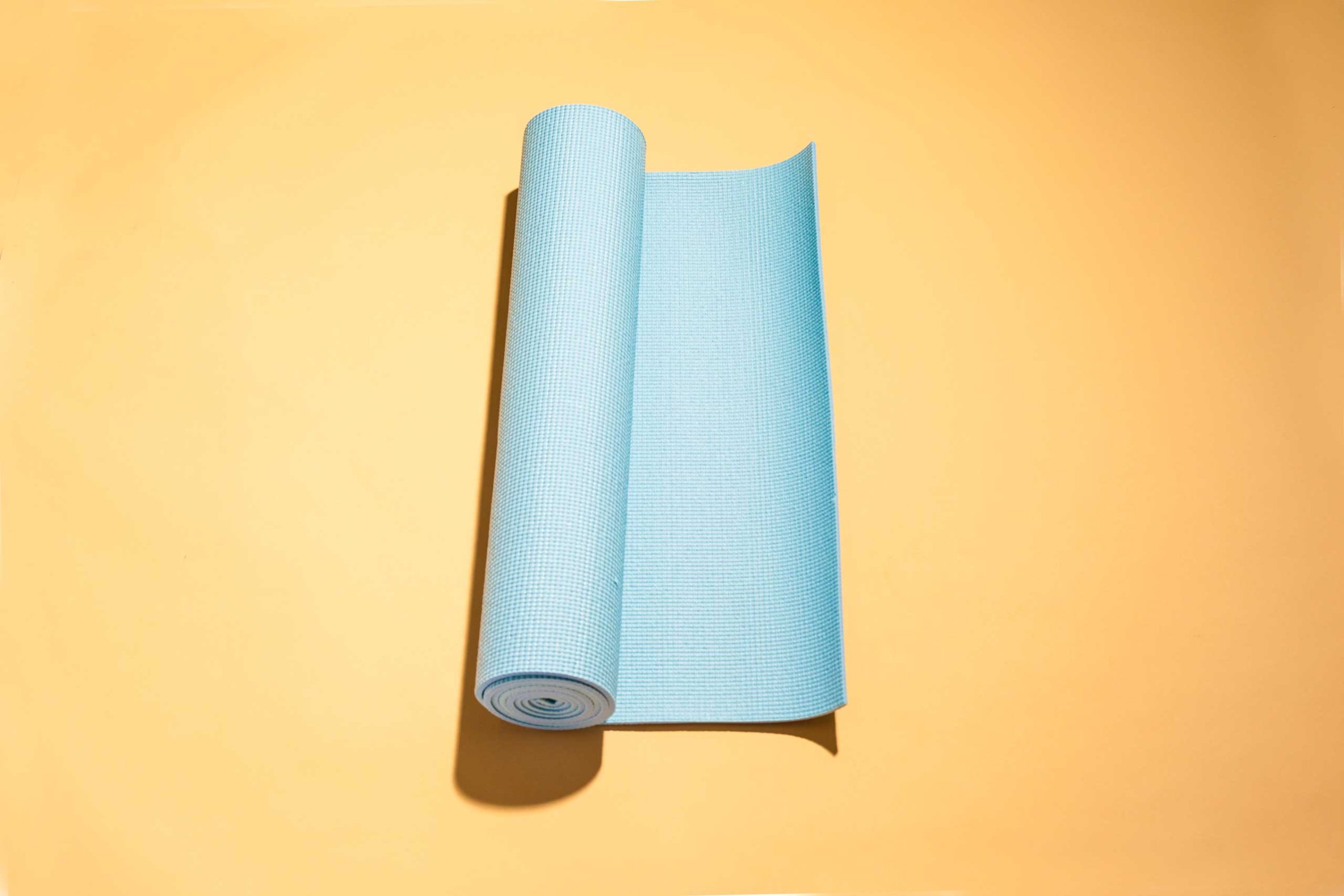
Usually, “do nothing” is poor advice to follow if you want to feel better. Yet a strong body of literature now shows that meditation—the mindful art of doing nothing but sitting still—effectively relieves pain.
Now, a new study published in the Journal of Neuroscience shows that meditation accomplishes this differently from other pain-relievers, like opiates. “This ancient technique that’s been around for thousands of years is reducing pain through novel mechanisms, ways we’ve never seen before,” says study co-author Fadel Zeidan, assistant professor of neurobiology and anatomy at Wake Forest Baptist Medical Center.
In the study, Zeidan and his colleagues took 78 healthy, pain-free people and randomly assigned them to an intervention. One group was trained in mindfulness meditation—a seated practice in which one focuses on the breath and lets thoughts and feelings pass without judgment—for 20 minutes a day over four days. The control group spent the same amount of time listening to a book read aloud.
The scientists then brought everyone to the lab for a painful stimulus: a hot probe placed on the back of the leg. They expected that people who meditated during the pain would report feeling less of it, as has been shown before. But they were more curious to see what happened to the meditators if they were injected with naloxone, a drug that blocks the body’s opiate receptors. “If meditation works through opiates, and we’re blocking opiates through in the body, then the pain-relieving effects of meditation will go away,” Zeidan explains.
Much to the scientists’ surprise, that’s not what happened.
MORE: Acupuncture Works for Neck Pain
The meditators who were injected with a placebo shot of saline reported feeling 21% less pain (compared to their ratings on the same pain test before the intervention began). Similarly, the meditators who received naloxone reported feeling 24% less pain—suggesting that meditation eases pain in a way that has nothing to do with opiates.
How, exactly, is not yet known. But Zeidan’s past research has shown that meditation activates higher-order brain regions associated with emotion regulation, focus and cognitive control, while tamping down activity in the thalamus, which transmits painful information from the body. That helps prevent painful information from being spread throughout the brain, he explains.
MORE: The Science of Floating
Meditation may prove especially useful for people who take painkillers, among the most commonly prescribed drugs in America. “If meditation did work through opiates, and someone is addicted to opiates for pain, you would have to meditate like the Dalai Lama for decades to produce enough opiates in your body to match that tolerance,” Zeidan says. “This is a very attractive technique for the millions of chronic pain sufferers who are seeking a non-opiate pain therapy.”
Zeidan is now testing the intervention on people with chronic pain. “This is just yet another study finding that you don’t have to be a monk to reap the benefits of meditation,” he says. “With only 80 minutes of practice, we’re seeing dramatic reductions in pain.”
More Must-Reads from TIME
- Biden Drops Out of Presidential Race , Endorses Harris to Replace Him
- Why Biden Dropped Out
- The Chaos and Commotion of the RNC in Photos
- Why We All Have a Stake in Twisters’ Success
- 8 Eating Habits That Actually Improve Your Sleep
- Stop Feeling Bad About Sweating
- Welcome to the Noah Lyles Olympics
- Get Our Paris Olympics Newsletter in Your Inbox
Write to Mandy Oaklander at mandy.oaklander@time.com